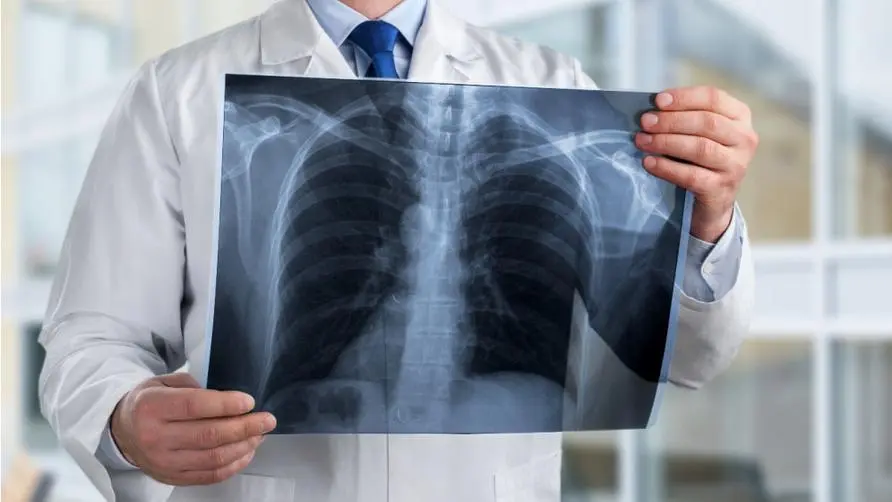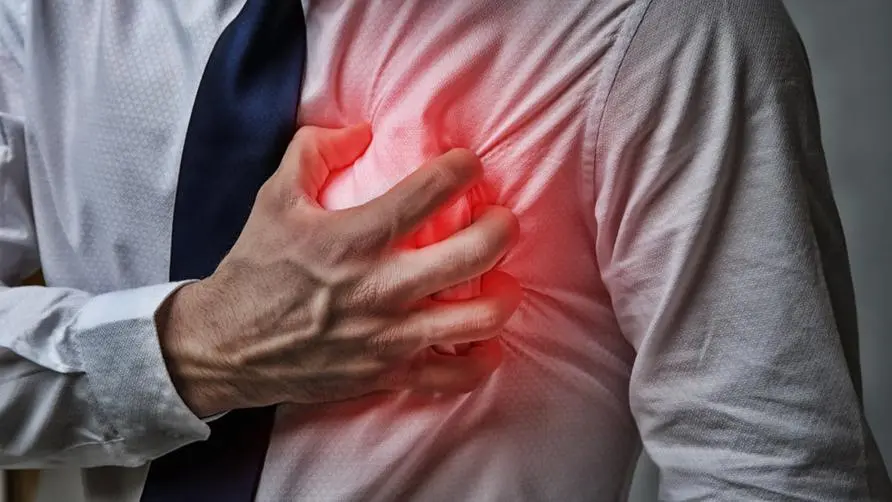Most people don't discover it until after a physical examination! Is "hypertrophic cardiomyopathy" likely to cause death without symptoms? Doctors urge: Follow 3 measures to prevent sudden death

There is a 50% chance that it will be passed on to the next generation! What is “hypertrophic cardiomyopathy”?
Hypertrophic Cariomyopathy (HCM) is a primary, hereditary heart muscle disease. The heart is composed of cardiomyocytes, valves, and blood vessels that supply the heart; hypertrophic cardiomyopathy is caused by abnormal myocardial thickening and misaligned arrangement, which can eventually lead to abnormal fibrosis. The prevalence of the disease is about 0.2% (1/500), and there is about a half chance of it being passed on to the next generation. Most patients begin to develop progressive heart hypertrophy during adolescence, and only a small number of patients develop the disease in infancy.
The location of hypertrophic cardiomyopathy can be overall myocardial hypertrophy or local hypertrophy, such as the apex of the heart or the ventricular septum. The most common location is local hypertrophy of the ventricular septum. If the myocardial hypertrophy is located in the ventricular septum close to the left ventricular opening, it may cause obstruction of the left ventricular opening. According to the degree of left ventricular opening obstruction, it can be roughly divided into two types: Hypertrophic Obstructive Cardiomyopathy (HOCM) and non-obstructive type.
Myocardial hypertrophy will cause the volume of the ventricular chambers to decrease, and the amount of blood that the heart can output in one contraction decreases. In addition, due to the lack of elasticity of myocardial hypertrophy, it will eventually lead to difficulty in ventricular diastole, which is prone to diastolic heart failure. In addition, in patients with the obstructive type, the anterior leaflet of the mitral valve shifts forward during ventricular contraction, which will cause obstruction of the left ventricular opening and “mitral regurgitation” at the same time.
What are the symptoms of hypertrophic cardiomyopathy? Most patients only discover it during physical examination?
The vast majority of patients actually have no symptoms, and their average life span is the same as that of ordinary people. Only a small number of patients have symptoms. Common symptoms include: chest tightness, hyperpnea (especially during exercise), weakness, and easy dizziness and fainting. In addition, hypertrophic cardiomyopathy is often complicated by arrhythmias, and patients often experience palpitations.
Because the symptoms of hypertrophic cardiomyopathy are similar to those of other heart diseases, it is often difficult to diagnose based on symptoms alone. In terms of physical examination, if the patient has obstructive type, it is easy to hear a systolic heart murmur. The electrocardiogram will show left ventricular hypertrophy, and some patients even have special electrocardiogram patterns. Most patients are asymptomatic and are often discovered accidentally during physical examination. Cardiac ultrasound is the final tool for diagnosis. In addition, cardiac magnetic resonance imaging (CMR) is also a great auxiliary diagnostic method for patients who cannot be diagnosed by cardiac ultrasound.
How is hypertrophic cardiomyopathy treated? 4 groups beware of fatal “arrhythmia”
The treatment of hypertrophic cardiomyopathy consists of three parts: screening of family history (especially first-degree relatives), improvement of symptoms, and assessment of the probability of sudden cardiac death. Since hypertrophic cardiomyopathy is a hereditary disease, when a patient is diagnosed with hypertrophic cardiomyopathy, it is best for first-degree family members to undergo electrocardiogram and cardiac ultrasound screening.
Since there is currently no effective treatment that can slow down the progression of the disease, drug therapy is mainly targeted at symptomatic patients, especially those with obstructive disease, whose symptoms are often more pronounced. Drugs including beta-blockers and partial calcium ion blockers can not only reduce the severity of left ventricular opening obstruction, but also inhibit the occurrence of arrhythmia.
However, in patients with severe obstruction of the left ventricular opening (especially if the pressure difference between the left ventricle and the aorta exceeds 50 mmHg), if drug treatment is ineffective, septal myomectomy should be considered to reduce the left ventricular pressure. The opening is blocked.
Generally speaking, it is divided into surgical operation (directly cutting out the particularly hypertrophic part of the myocardium from the ventricular septum) or alcohol embolization surgery using cardiac catheterization (directly injecting high-concentration alcohol into the blood vessels supplying the ventricular septum, creating Artificial myocardial infarction, myocardial necrosis that causes the left ventricular opening to become particularly hypertrophic). The two methods are equally effective, but alcohol embolization will increase the chance of requiring a permanent pacemaker after surgery.
The condition of mitral valve regurgitation will be significantly improved after the above-mentioned surgical operations or alcohol embolization. According to research, only a small proportion of patients require concurrent mitral valve surgery. Fatal arrhythmia (ventricular pulsation or ventricular fibrillation) will occur in a small number of patients, especially those with a family history of sudden cardiac death, ventricular hypertrophy up to 30 mm, ventricular pulsation or ventricular fibrillation, or unexplained syncope of patients. If you have the above characteristics, you should seek help from a cardiologist. An intracardiac defibrillator (ICD) can effectively prevent sudden death.
Can patients with hypertrophic cardiomyopathy exercise? Follow these 3 steps to reduce your risk of sudden death
According to current treatment guidelines, patients with hypertrophic cardiomyopathy can engage in moderate-intensity exercise, but must avoid high-intensity and competitive exercise. Eating a healthy diet, reducing tobacco and alcohol consumption, and avoiding environments with excessive temperature changes can help reduce the occurrence of symptoms and the chance of sudden death.
Hypertrophic cardiomyopathy is mostly a hereditary disease. It has been found that mutations in specific genes are likely to cause the disease, but there are still many unknown gene mutations that are still being searched for. If the locations of all disease-causing gene mutations can be known, genetic testing in the future will help detect the disease earlier and predict the risk of sudden death.
Further reading:





